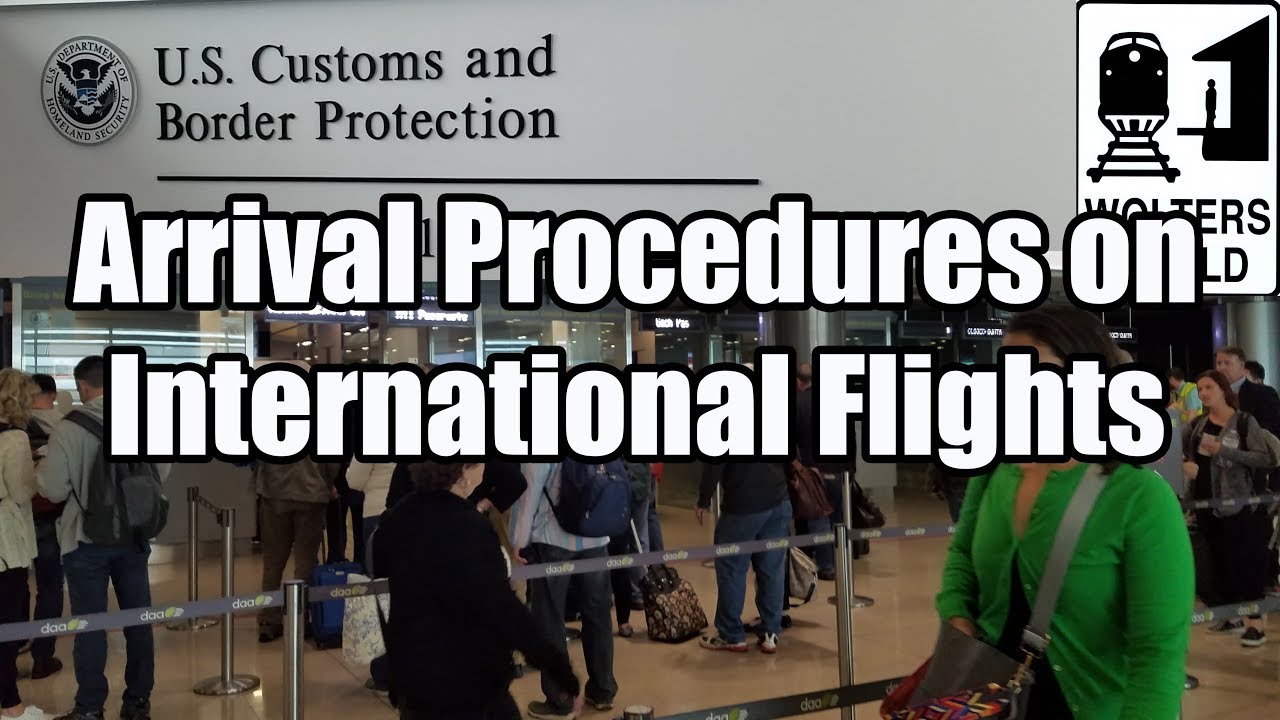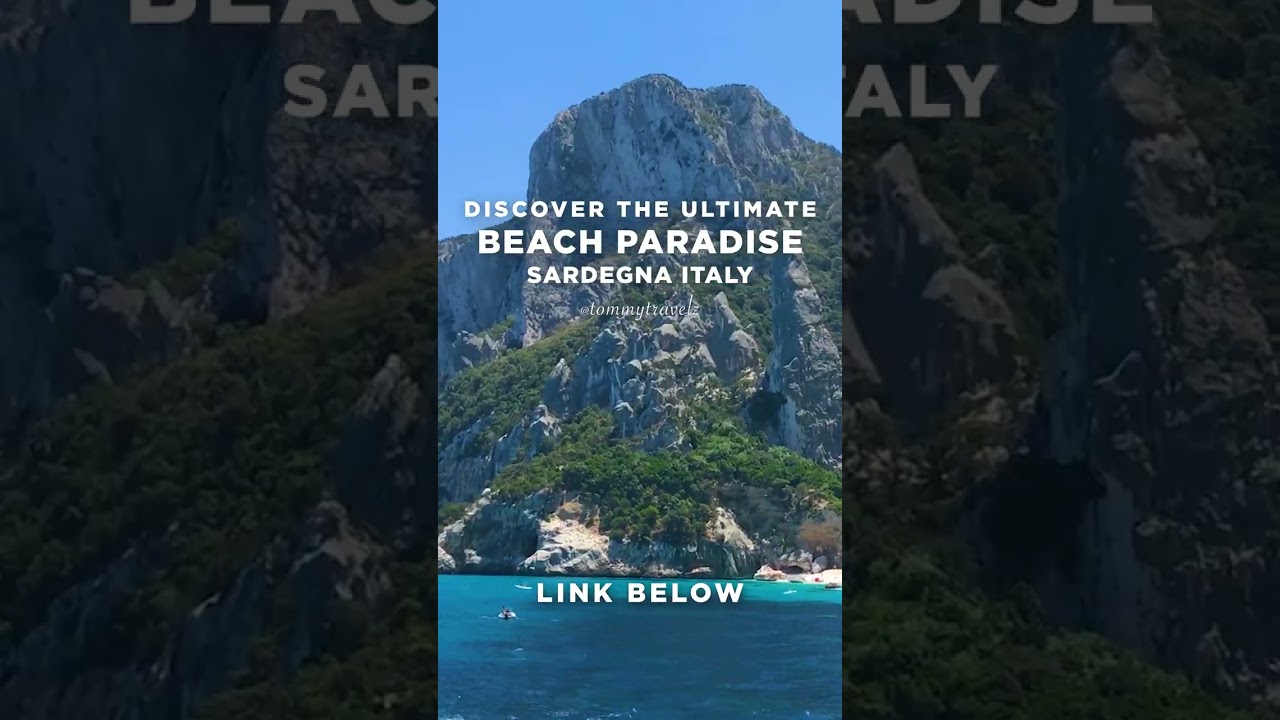We’ve traveled to over 25 countries — but not every destination was a dream come true. In this honest video, we’re sharing 4 …
As a large language model, I don’t have personal travel experiences or the ability to feel disappointment. However, I can provide a summary of destinations that travelers frequently mention as places they wouldn’t visit again, based on common themes found in travel forums, blogs, and articles.
These “never again” destinations are often a result of:
- Overtourism: When a place becomes so popular that it’s overrun with crowds, leading to long lines, inflated prices, and a diminished experience.
- Safety Concerns: High rates of crime, scams, or political instability can make a traveler feel unsafe and anxious.
- Unrealistic Expectations: Sometimes a destination doesn’t live up to its hype, often due to social media presenting a sanitized, idealized version of reality.
- Poor Infrastructure or Logistics: Difficult transportation, lack of clean facilities, or general disorganization can lead to a frustrating trip.
- Unexpected Discomfort: This can be anything from extreme weather (like intense heat or “midge” season) to getting sick, which can ruin the trip.
Here are four types of destinations that often fall into the “never again” category for travelers, with examples:
1. The Overrun Tourist Hotspot
Many iconic destinations that were once considered must-sees are now frequently mentioned in “never again” lists due to overtourism. Travelers feel the crowds, the commercialization, and the long lines detract from the beauty and authenticity of the place.
- Examples:
- Venice, Italy: Known for its romantic canals, but now plagued by huge crowds, especially from cruise ships, leading to a feeling of being on a “conveyor belt” of tourists.
- Dubrovnik, Croatia: The “Game of Thrones effect” brought a massive influx of tourists, making the medieval city’s narrow streets almost impossible to navigate, especially when multiple cruise ships are in port.
2. The High-Risk Area
Some travelers have bad experiences in places with significant safety issues, which can range from petty crime to more serious concerns. Feeling constantly on guard can make a trip unenjoyable.
- Examples:
- Certain parts of Mexico or Central/South American cities: While many areas are perfectly safe, travelers who have experienced muggings, scams, or other crimes in specific regions may decide not to return.
- Destinations with political instability or unrest: A traveler might find themselves in a place where they feel unsafe due to political tensions, which can overshadow any potential for enjoyment.
3. The “Uninspiring” Destination
Sometimes a place just doesn’t resonate with a traveler. It might not be a bad place in itself, but the experience can feel lackluster, or the traveler may have simply been in the wrong frame of mind (e.g., experiencing travel burnout).
- Examples:
- Bangkok, Thailand: Some travelers find the city to be too hot, crowded, and chaotic, and feel they don’t get the “paradise” experience they were looking for, which is often associated with the country’s beaches.
- Large, generic resort towns: Travelers seeking authentic cultural experiences may find themselves disappointed by destinations that feel manufactured and lack local character.
4. The Destination of Unforeseen Misfortune
These are places where a combination of bad luck and specific conditions led to a trip-ruining experience, making a return visit seem unappealing.
- Examples:
- The Scottish Highlands in summer: While beautiful, a trip can be ruined by “midge” season, where swarms of biting insects make it difficult to be outdoors.
- Places with unreliable infrastructure: A traveler who experienced a nightmare bus journey, a hotel with bed bugs, or a scam might associate those negative memories with the entire location.









